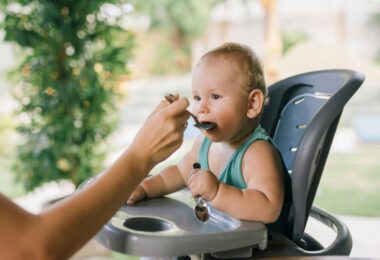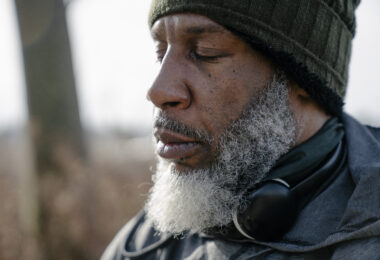Why are modern children staying in nappies for longer?
Whilst it’s no surprise to discover vast differences between 21st century kids and previous generations, the steady increase in the age when children become potty trained – rising from two in the 1960s to around three or 3 ½* – is cause for concern.
| “The fact that the potty training age has steadily risen since the sixties and disposable nappies were introduced in 1961 is probably no coincidence.” |
With primary school staff also seeing an increase in accidents amongst 3-5 year olds over the past five years alone** and recent reports of children starting school still in nappies, it seems parents might have a potty training conundrum on their hands!
What’s behind this rise?
To investigate, we caught up with potty training experts Judith Hough and Diane Titterton.
“There are a number of factors contributing but, along with many healthcare professionals, we believe that one of the main reasons is the over-use of nappy-style products on children who are at potty training age. They are so absorbent that children can miss the fact that they have had an accident and don’t learn how to ‘hold on’. Nappies are designed to absorb large quantities of liquid, so children don’t feel wet or notice any discomfort, and this seems to delay their urge to be free of nappies or other nappy-style pants.”
Despite regularly being a hot topic, it’s important for parents to remember potty training isn’t a competition. Every child is unique and will develop in their own time – no matter how frustrating or messy things get. Although it’s no use comparing your toddler to their peers, studies have suggested there is an optimum stage for mastering the bowl.
“Research shows that there is an ideal window, at around the age of two, for a child to become potty trained and that, if this opportunity is missed, it can result in longer and later potty training. However, so many children of this age are still in nappy-style products that this window is being missed.”
To help get your child out of nappies and into proper pants, Judith and Diane have also shared a few tips from their award-winning book, ‘How to Potty Train’:
– Before you even start potty training, begin getting your child ready by teaching the routine of going to the toilet. Regularly take your child into the bathroom with you to ‘practise’ everything from turning on the light to waving off the poo, washing their hands and closing the door.
– It’s important not to put off taking the nappy off! Although it can be tempting to wait for a holiday to start potty training, you will reap the benefits if you start when your child is ready. Most children are ready at around the age of two. Research shows that it’s the best time to start and that, if you leave it later, it can actually take longer, as it can be harder to potty train an older toddler who can see the benefits of continuing to use their own ‘mobile toilet’ (a disposable nappy or training pant!)
– Accidents are a key part of learning, so stop using nappies and nappy-style pants and put your little one into proper pants. If you want a bit of help with the mess, you can pop in a disposable pad to help – but your child must be able to realise they have had an accident to begin learning.
– Most parents also don’t realise there is an alternative to nappy-style disposables for potty training, so they use products that could actually be slowing the process down. When we couldn’t find anything to help us move our potty training children away from nappies and into their own pants, we created Dry Like Me potty training pads, which are worn in children’s proper pants but aren’t designed to hold a full wee. These will let them learn from their accidents and start making progress.
*American Academy of Paediatrics 2009
**Research carried out by ERIC (Education and Resources for Improving Child Continence) and the ATL (Association of Teachers and Lecturers) February 2012.


![[Image - Leo Rivas-Micoud]](https://www.fqmagazine.co.uk/wp-content/uploads/2015/04/24fae0cf4e190078d5b9896e00870cd9.jpg)





